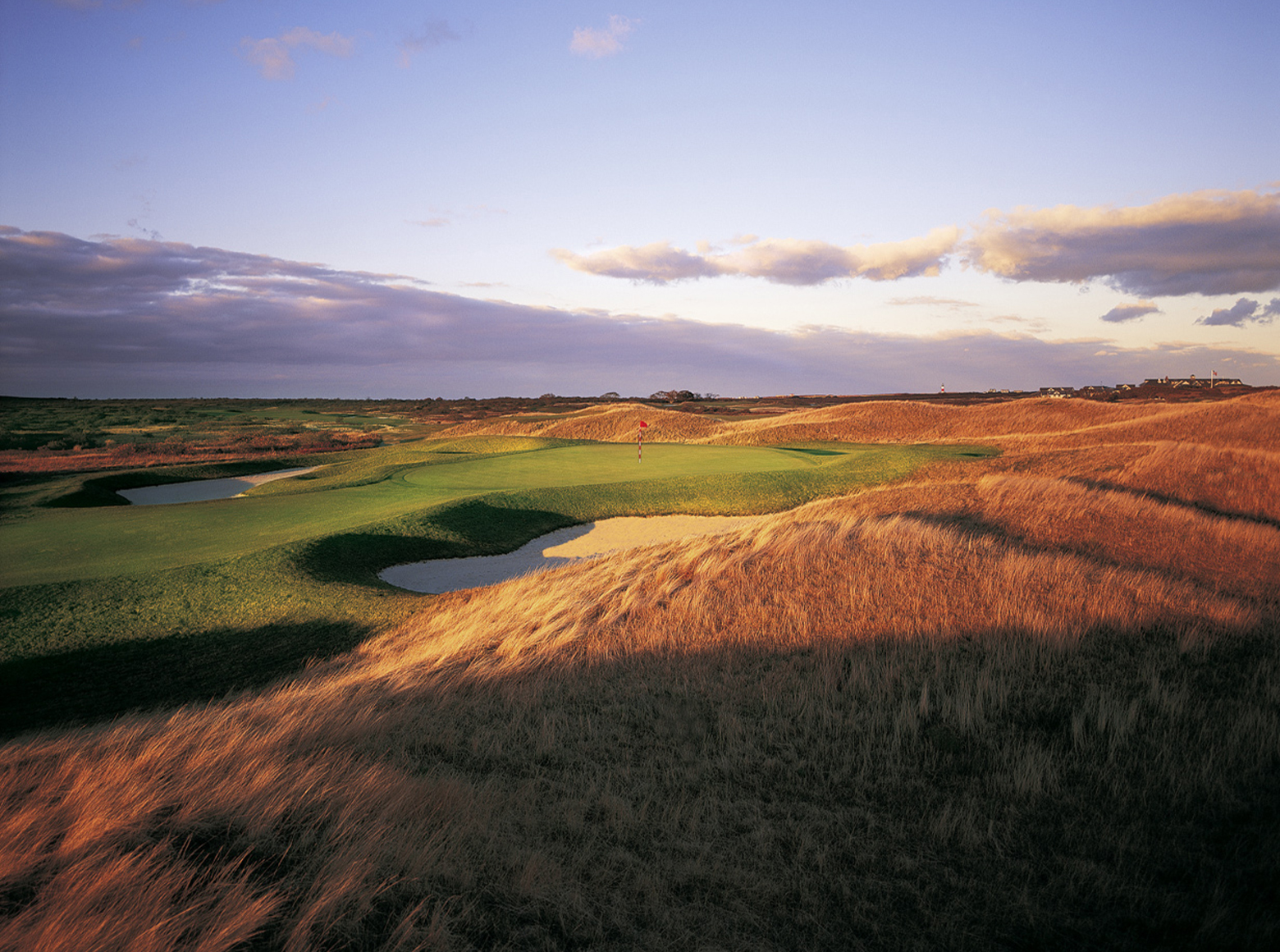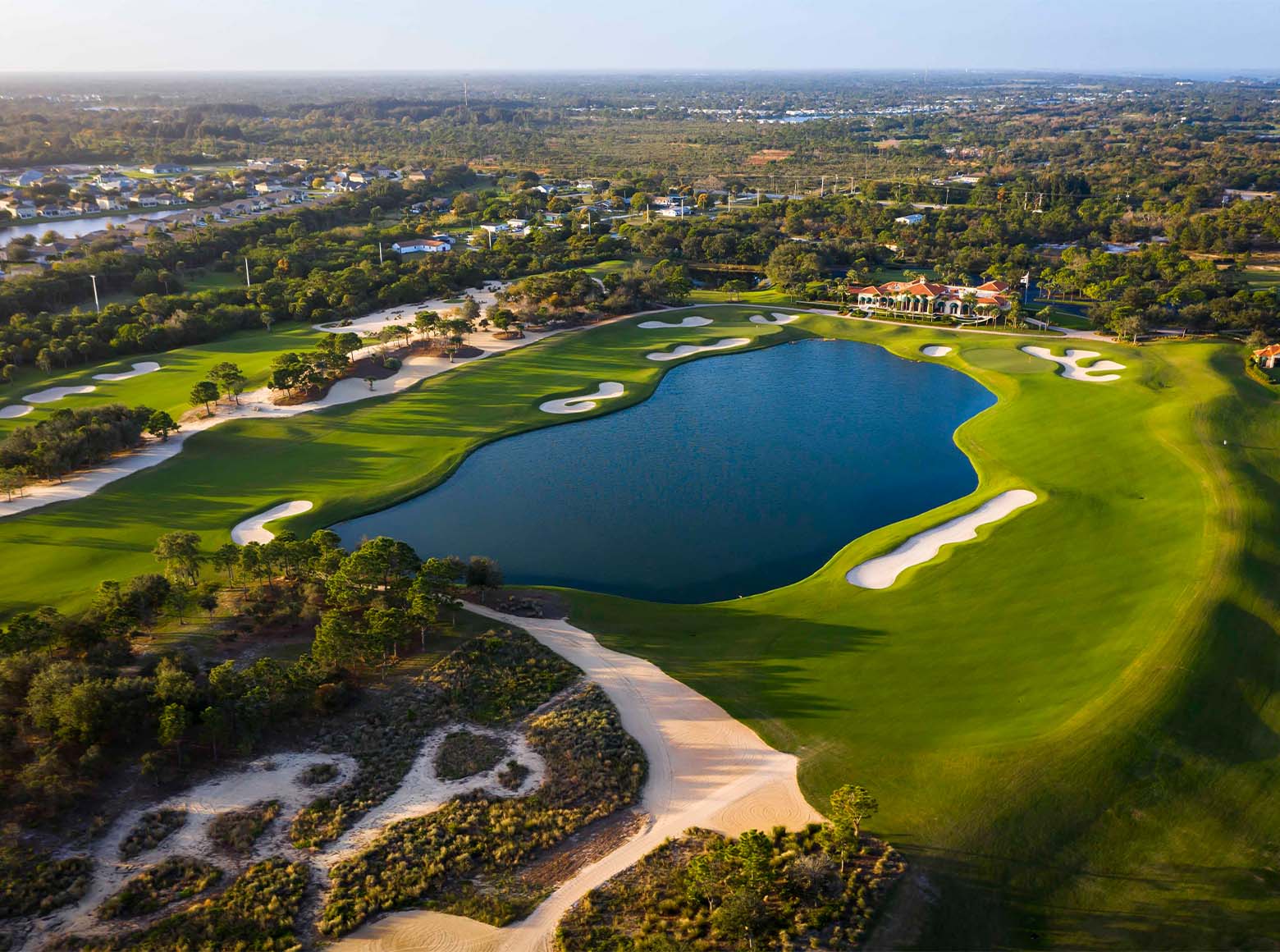December 14th, 2021

The Reserve at Moonlight Basin, 5th Hole – Cameron, Montana. Courtesy Evan Schiller, Golfshots.com
In 2020, golf had a renaissance. Offering an ideal setting for outdoor play, the sport grew profoundly, breaking decade-old records. There was a 13.9% increase in the number of rounds played compared to the previous year, the highest increase in 23 years, from 441 million to 502 million rounds. Equipment sales grew by 10.1%, reaching $28 billion nationally. The number of new golfers flourished, particularly among new demographics, with increased interest among women and younger players.

Punta Espada Golf Club, 2nd & 12th Holes – Dominican Republic. Courtesy Evan Schiller
Unlike most contact sports, golf provides an outdoor and socially distanced environment, making it attractive to those who prioritize being active and social despite a pandemic. Additionally, remote work allowed for greater schedule flexibility and more time for recreation.

Punta Espada Golf Club 2nd & 12th Holes – Dominican Republic. Courtesy Evan Schiller
Notably, golf has been taken up at an astonishing rate by younger players. The National Golf Foundation estimates 630,000 players under the age of 18 played golf for the first time in the last twelve months. David Pillsbury, the CEO of ClubCorp, the largest owner and operator of private clubs in the country, says that even among slightly older groups, 47% of all new players were between the ages of 30 and 50.
According to Jay Karen, the CEO of the National Golf Course Owners Association, or the NGCOA, the latent demand of golf players, defined as those who demonstrate interest but have yet to play, has also skewed younger. This is one of the most important metrics in the industry.
Golf equipment sales reached $2.8B in 2020, a 10.1% increase compared to 2019.
The National Golf Performance Report, Golf Datatech

Mauna Kea Golf Course, 11th Hole – Waimea, Hawaii – Designed by Rees Jones. Courtesy Larry Lambrecht
WHAT INNOVATION MEANS FOR GOLF
To accommodate the new influx of players, innovation in golf course architecture and technology has been a huge focus for Rees Jones, renowned course architect, and the designer of The Atlantic Golf Club and The Bridge in Bridgehampton. One of his recent priorities has been innovating drainage systems to ensure a course’s longevity and efficiency.
In 2020, there were 13.9% more rounds of golf played than in 2019. Among private clubs, it was a 19.9% increase.
The Graffis Report, National Golf Foundation

Nantucket Golf Club – Siasconset, MA Designed by Rees Jones. Courtesy Larry Lambrecht
When luxury clubs, homes, and communities are built around golf courses, Jones explains, their accompanying watershed areas bring more water to the courses and make them prone to flooding. To accommodate these increased drainage loads, new and remodeled courses feature technologically improved drainage systems.

California Golf Club, 3rd Hole – San Francisco, California. Courtesy Evan Schiller
For example, Jones’ courses place new liner technology in sand bunkers, to prevent sand erosion and contamination. This both preserves functional drainage and extends the life of the sand.
Additionally, Jones is designing courses to meet the needs of an evolving player demographic. According to the USGA, the average driving distance increased 16 yards since 1997, making courses shorter and less challenging for highly skilled players. In order to accommodate people of all ages and abilities, including beginners, Jones creates multiple tees, which provide different angles of play and levels of challenge on the same hole.
There were an estimated 500M rounds of golf played in 2020.
The Graffis Report, National Golf Foundation

Andalusia Golf Course, 4th Hole – La Quinta, California. Courtesy Rees Jones
If a course offers only limited tee options, “it makes it difficult for the shorter hitter or beginner to play the course.” By creating multiple tees, “the course is more playable for every caliber of player,” including different golf handicaps and seniors. “We really have to rethink our designs,” he concluded.

Pebble Beach Golf Links 7th Hole – Pebble Beach, California. Courtesy Evan Schiller
As far as making the play itself more efficient, Karen predicts advanced gaming technologies will infiltrate the golf world. This will allow players to track strokes, birdies, or putts, and will enable more complex and gamified betting systems. The PGA ShotLink system, which captures and reports insight about every shot in real-time, is used at about 93 professional events per year, suggesting similar technology will become mainstream on recreational courses.
630,000 players under the age of 18 took up golf for the first time in the last twelve months.
The Graffis Report, National Golf Foundation.

Redstick Golf Club 9th & 18th Holes – Vero Beach, FL – Designed by Rees Jones. Courtesy Jeffrey Bertch
Top courses across the country such as BallenIsles in Florida, Pebble Beach in California, and the Hamptonsʼ Shinnecock Hills or National Golf Links of America in New York, are accommodating these new architectural and technological efficiencies. With more players outside than ever, they must be, creating a new future for a classic game.

Sebonack Golf Course, 2nd Hole – Southampton, NY. Courtesy Larry Lambrech





